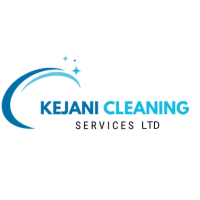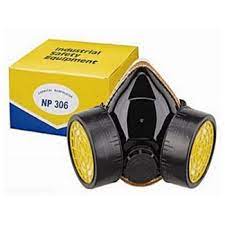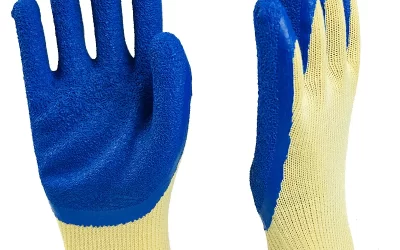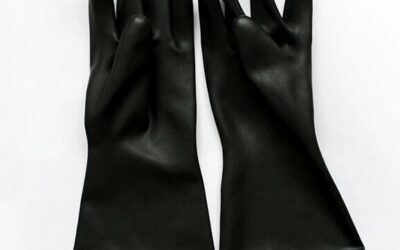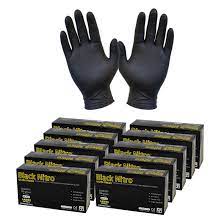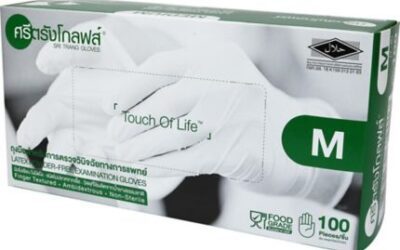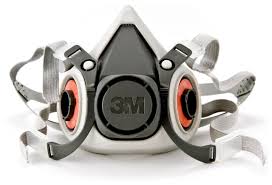Handling chemicals—whether in industrial cleaning, laboratories, healthcare, or agriculture—comes with serious risks. From skin burns to respiratory distress, chemical exposure can cause severe health issues or even death. That’s why Personal Protective Equipment...
PPE
PPE When Working at Heights: Essential Safety Equipment for Fall Protection
Working at heights—whether on rooftops, ladders, scaffolds, towers, or construction sites—is one of the most hazardous tasks in many industries. Falls from height are among the leading causes of workplace injuries and fatalities. To mitigate these risks, Personal...
Which PPE Should Be Put On First and Removed Last? A Step-by-Step Guide to Proper PPE Use
Personal Protective Equipment (PPE) is a critical component in infection control, workplace safety, and environmental hygiene across industries—from healthcare and food handling to housekeeping and industrial cleaning. But PPE is only effective when used correctly. A...
Why PPE Is Important in Housekeeping
In housekeeping — whether in hotels, hospitals, commercial buildings, or industrial settings — workers face numerous hazards daily. From exposure to chemicals and biohazards to physical strain and slips, housekeeping tasks can be surprisingly high-risk. This is where...
Why PPE Is Important in the Food Industry
In the food industry, hygiene and safety are non-negotiable. Whether it’s food manufacturing, processing, packaging, or handling in restaurants and hotels, personal protective equipment (PPE) is a critical element in ensuring food safety, worker protection, and...
Which PPE Is Used for Droplet Precautions?
Droplet precautions are infection control measures used to prevent the spread of diseases that are transmitted through respiratory droplets — particles expelled when an infected person coughs, sneezes, or talks. These droplets typically travel 1 to 2 meters before...
Which PPE Is Used for Protection from Fumes?
Exposure to hazardous fumes is a serious occupational hazard across industries such as cleaning, manufacturing, construction, agriculture, and healthcare. Fumes from chemicals, paints, solvents, and cleaning agents can cause respiratory issues, skin irritation, and...
Types of Personal Protective Equipment (PPE)
Personal Protective Equipment (PPE) is essential in ensuring the safety of workers, healthcare professionals, and individuals exposed to hazardous environments. PPE serves as a barrier against physical, chemical, biological, and ergonomic hazards. Below are the...
